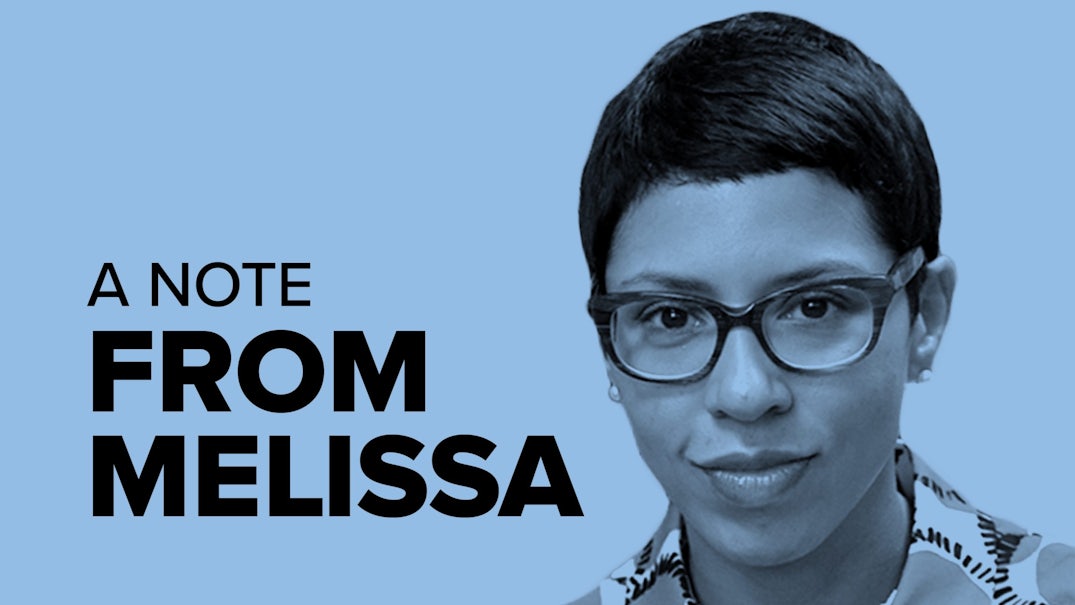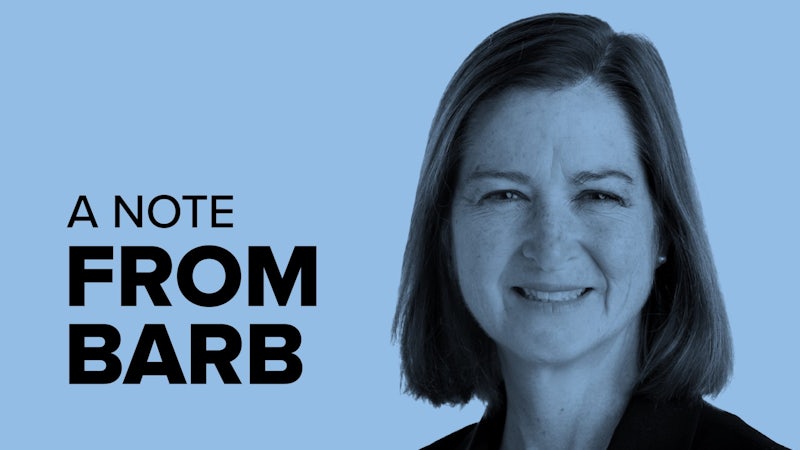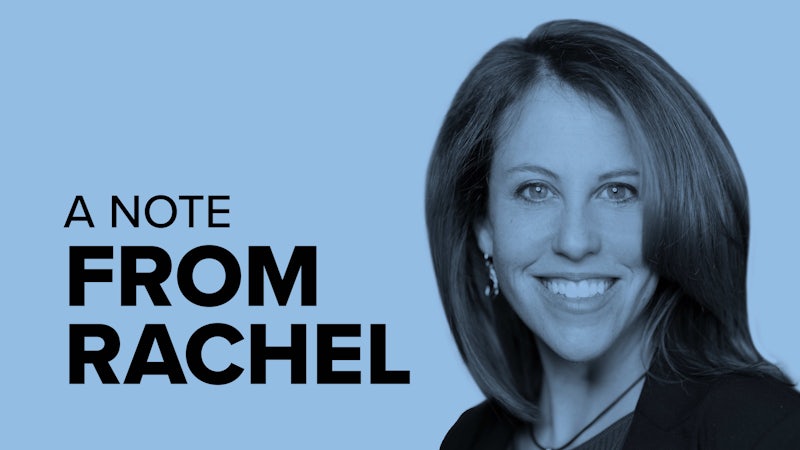Dear Reader,
Summer school is in session and it’s time for a little history lesson. Did you know that from 1879 until 1965, the state of Connecticut had a complete ban on birth control? The ban, passed in the wake of a Victorian-era moral panic, criminalized contraceptive use, even for married couples. And it went even further to punish those who merely advised individuals about contraceptive use as criminal accomplices. Despite its broad terms, the law’s impact was relatively contained. The law was rarely enforced, and even if it was, those with resources could always get contraceptives from private physicians who kept their patients’ confidences, or alternatively, could travel out of state to jurisdictions where contraceptive use was legal. And, of course, the state did not punish the use of prophylactics, so men could always avail themselves of condoms. The real impact of the law—and its sporadic enforcement—was borne by the poor and the physicians and administrators who operated public clinics that served the impoverished. Indeed, the few times the Connecticut ban was ever enforced was to prevent public birth control clinics—the precursors to today’s Planned Parenthood clinics—from operating.
From the 1940s to the 1960s, birth control advocates and activists lobbied the public and the state legislature to repeal the 1879 ban. The Planned Parenthood League of Connecticut launched a campaign that emphasized the degree to which enforcing the ban required the state to surveil the most intimate aspects of citizens’ lives. One ad featured rows of double beds—each one with a bigfooted police officer hiding underneath. The message was clear: the law went beyond morals enforcement. It invited the state into the bedroom to police intimate activity within. As importantly, it could be selectively enforced against the most vulnerable in society—racial and ethnic minorities and the poor.
Such appeals to the public were effective. By the early 1960s, a narrow majority of the state’s residents expressed skepticism—if not outright antipathy—for the law, which was viewed as unduly intrusive and evidence of growing state encroachment into private life. Political candidates ran on platforms that emphasized repealing the ban for good, or alternatively, liberalizing its impact. But, as legal scholars Linda Greenhouse and Reva Siegel have documented, despite public support for repeal or liberalization, these efforts often fell short. Invariably, at the 11th hour, typically the Sunday before Election Day, the Catholic Church, a sizable presence in the state, would intervene, exhorting parishioners to vote for elected officials who would uphold the Church’s tenets—and the ban. These appeals were powerful enough to influence the political process, narrowly defeating the reform agenda every time.

























